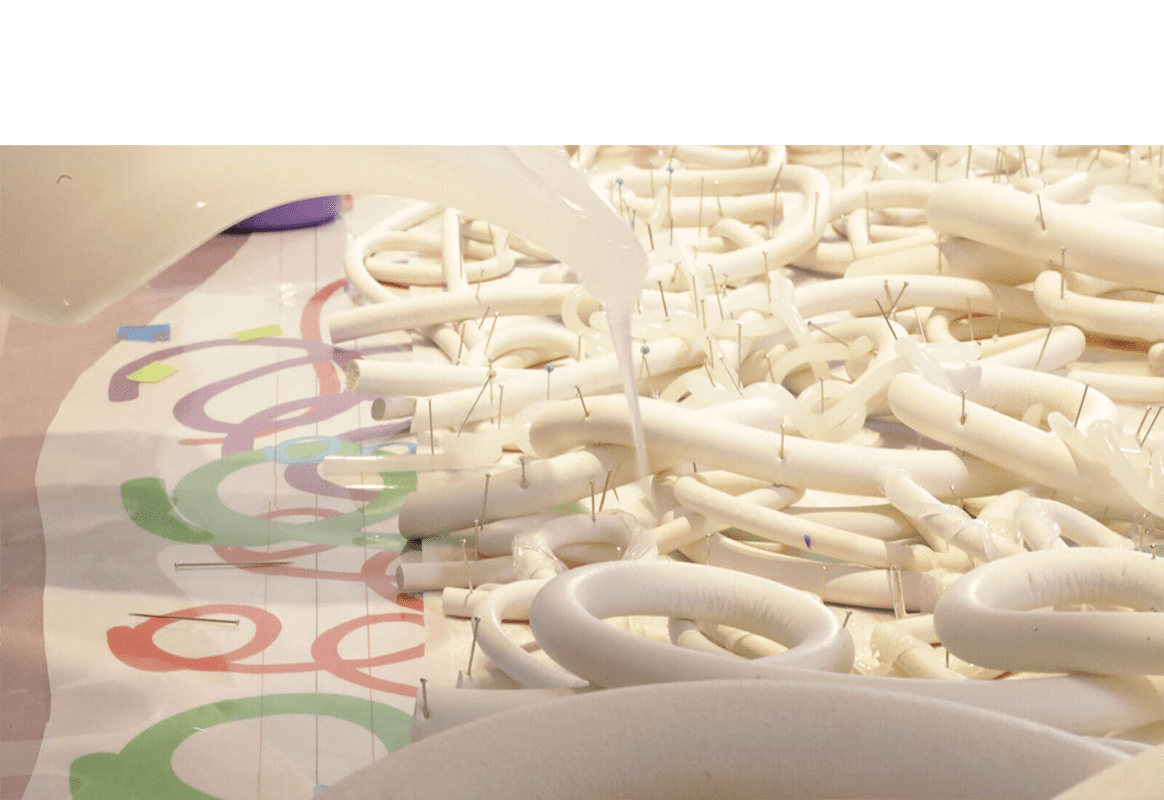Related News
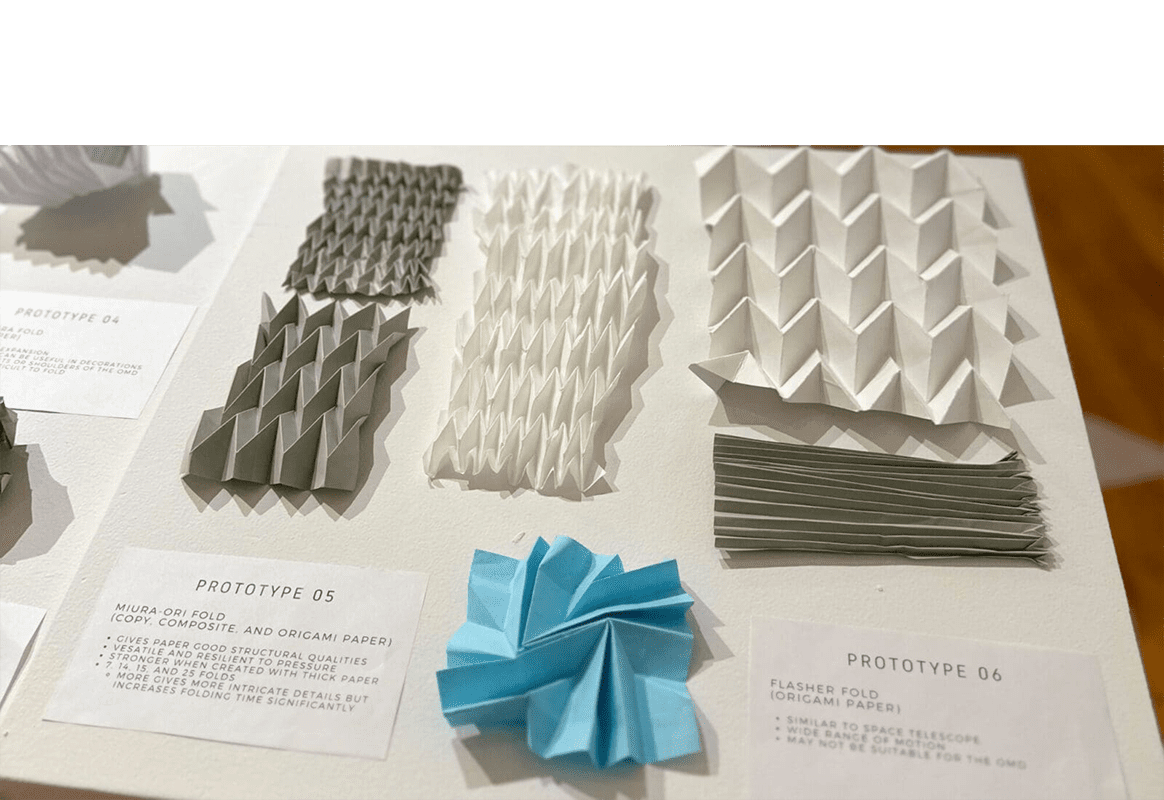
Art and engineering fold into inspiration
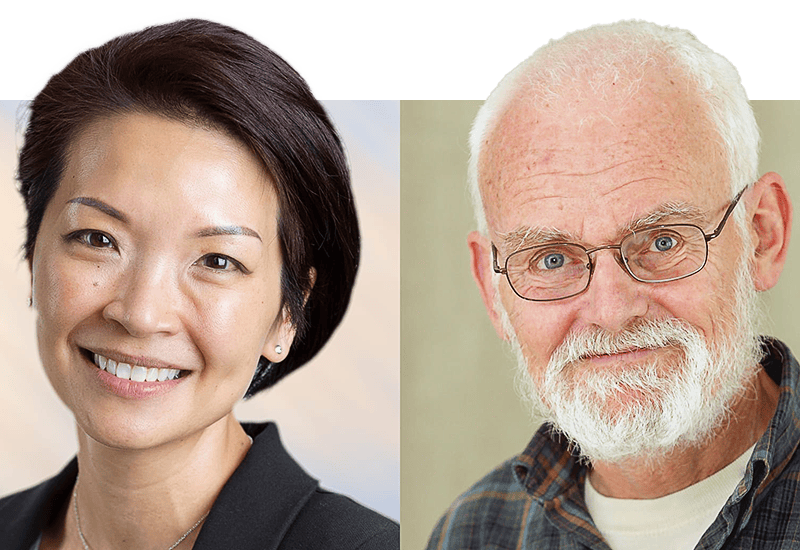
Two professors, four alumni elected to National Academy of Engineering
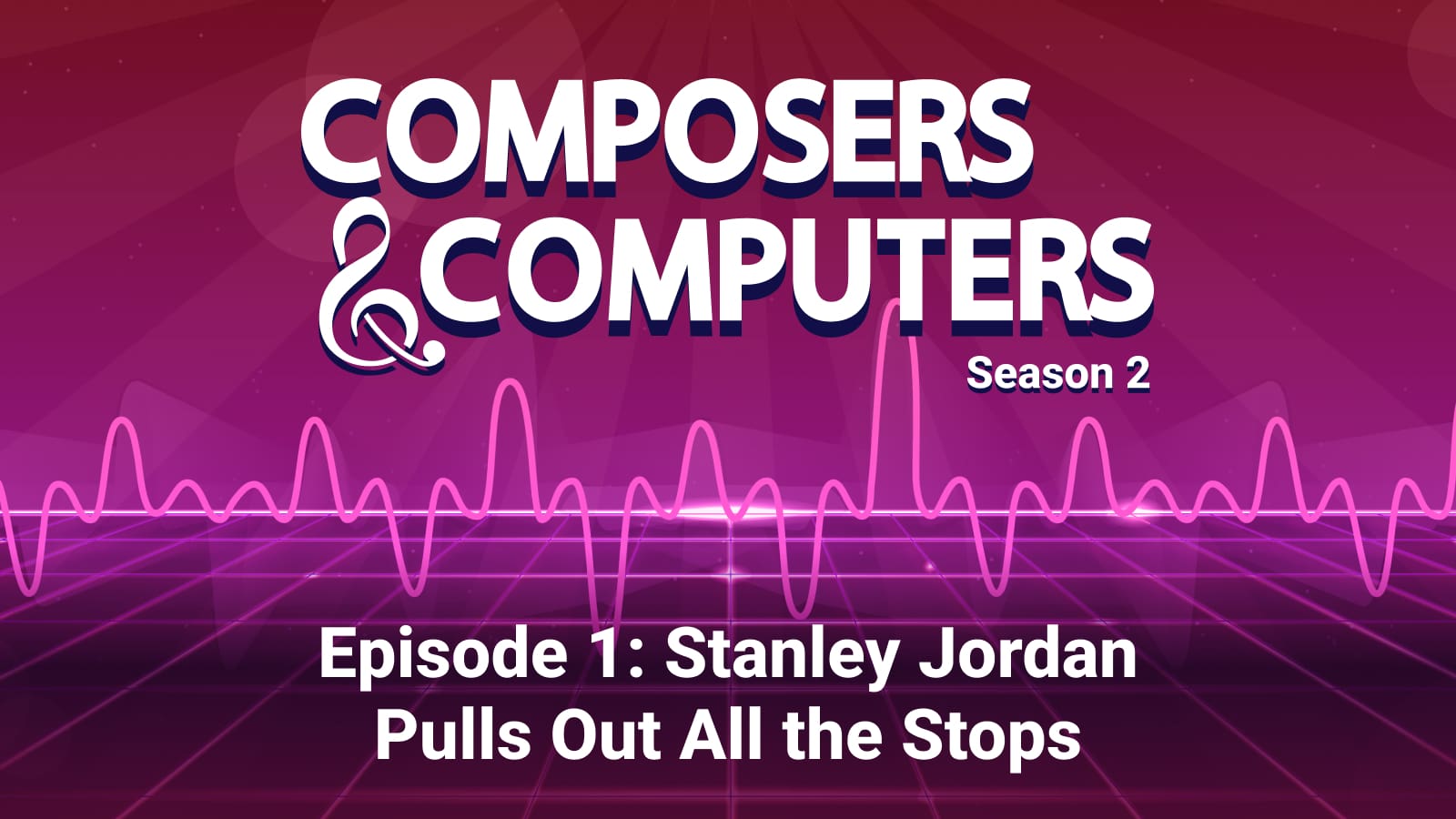
Episode 1: Stanley Jordan Pulls Out All the Stops
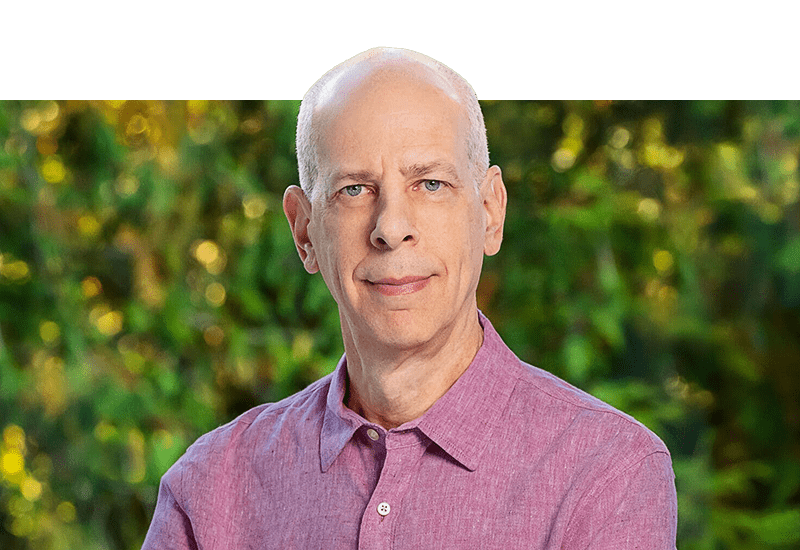
From NASA to the FDA, Sapiro delivers high-impact technologies

Tools to navigate an uncertain world: ORFE department celebrates a quarter century
